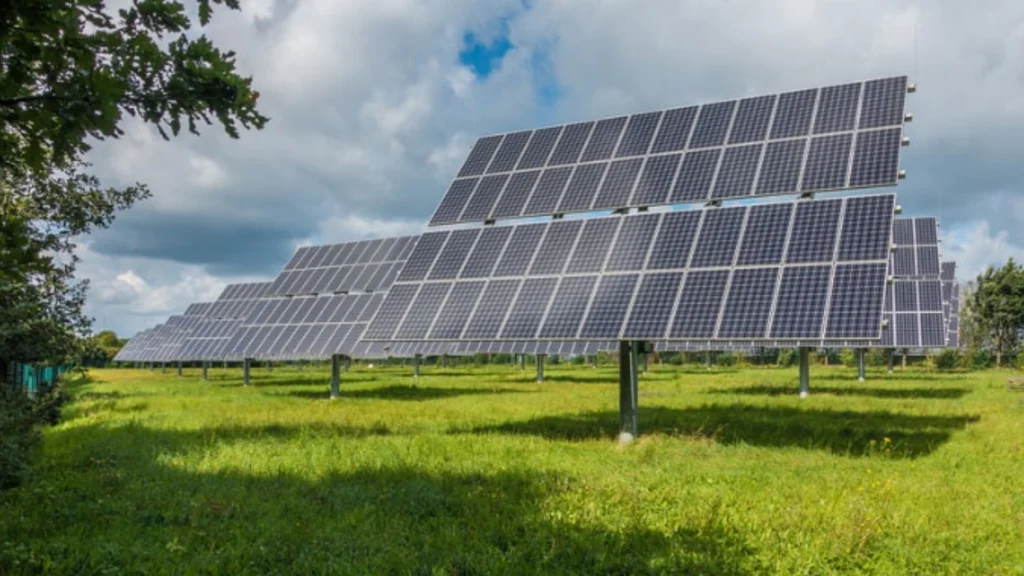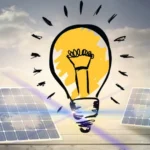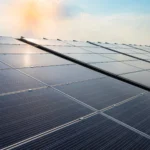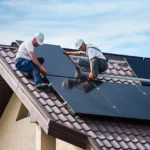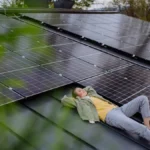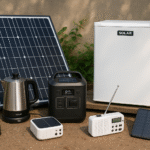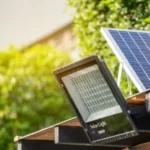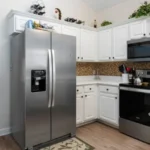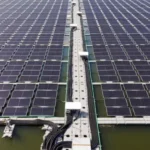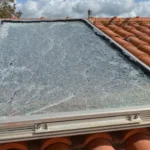What if your home could power itself with the sun, slash your electricity bills, and reduce your carbon footprint all at once? With Green Solar solutions becoming more accessible, that is no longer a futuristic dream, but a reality that homeowners and small business owners are embracing today.
In this guide, we explore how solar technology works, what to expect when installing a system, and how to maximize your solar investment with practical tips drawn from real-life experience in the field.
What Is Green Solar?
Solar refers to solar energy systems designed and installed with environmental sustainability in mind. This includes the eco-friendly production of panels and the smart use of solar-generated electricity. It covers everything from rooftop panels and solar batteries to electric vehicle (EV) chargers and off-grid setups that reduce dependency on fossil fuels.
Key Features of Green Systems
- Use high-efficiency photovoltaic (PV) panels with low carbon manufacturing
- Include storage batteries to maximize solar usage
- Rely on smart inverters for optimal energy conversion and monitoring
- Support EV charging, heating, or cooling from solar input
- Reduce grid reliance, energy waste, and greenhouse gas emissions
A 6kW residential solar system, for example, can save up to 8,000 pounds of CO₂ emissions per year. This is the equivalent of planting over 150 trees annually (source: Energy.gov).
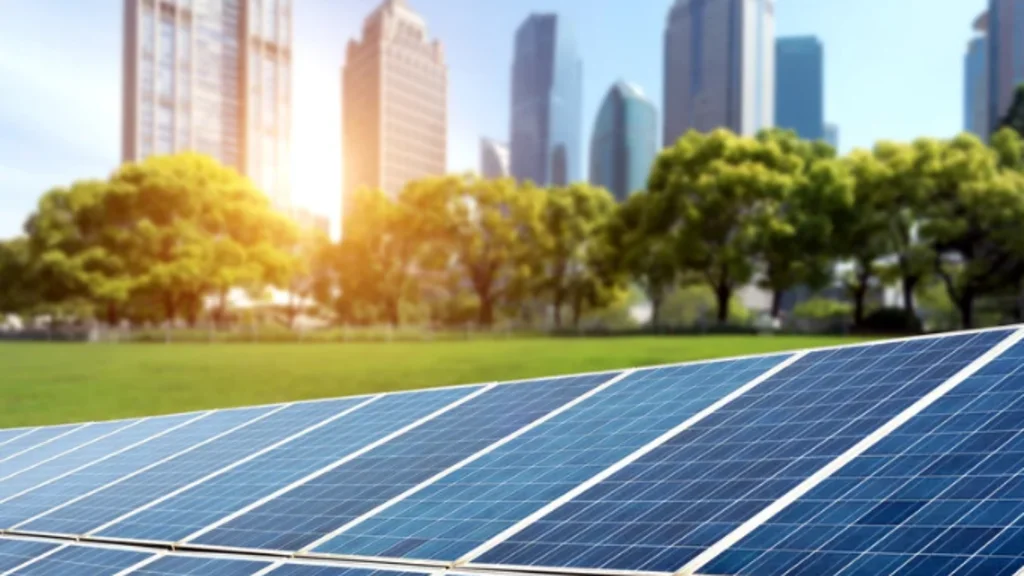
Why More Homeowners Are Choosing Green Solar
Switching to solar is not just about saving money. It is a lifestyle shift toward clean, self-sufficient energy. Based on my experience consulting homeowners in Florida and California, here is what motivates most people to adopt a green lifestyle.
1. Energy Independence
Tired of rising utility bills and unreliable grid power, many families are turning to solar energy to regain control. With a solar battery like the Tesla Powerwall or LG RESU, excess solar energy is stored for use at night or during outages.
“Our panels paid for themselves in five years. Now we barely think about our electric bill,” says Jason R., a homeowner in San Diego.
2. Environmental Responsibility
Going green with solar is one of the most effective personal contributions to fighting climate change. Every kilowatt-hour generated by the sun replaces fossil-fuel electricity.
3. Long-Term Savings
While installation costs vary, the average payback period in the U.S. is 6 to 8 years. From that point on, solar energy becomes virtually free, especially with net metering or incentives such as the 30 percent federal tax credit (ITC).
Also click here : Which solar panel is best.
Common Challenges and How to Solve Them
Despite its many advantages, solar is not perfect. Here are a few challenges we have encountered during installations and inspections, along with the solutions that have worked.
Dirty Panels = Lost Efficiency
Dust, bird droppings, and pollen can block sunlight, reducing output. In dry climates, this can lead to 10 to 20 percent efficiency loss.
Pro tip: Clean your panels every 3 to 4 months using a soft-bristle brush and deionized water. Hire a professional cleaner for multi-story homes.
Smart Inverter Glitches
Smart inverters, such as the Enphase IQ8 or SolarEdge HD-Wave, enhance solar performance through real-time tracking. But they can sometimes disconnect due to grid voltage spikes.
Fix: Ensure the firmware is up to date and check the breaker panel connections. If problems persist, consult your installer for further assistance. Inverter warranties typically last 10 to 12 years.
Battery Performance Drops
Solar batteries degrade over time. Lithium-ion options typically retain 70-80% of their capacity after 10 years.
Tips to preserve battery life:
- Avoid 100 percent depth-of-discharge (DoD) cycles
- Keep batteries shaded and ventilated
- Use apps to monitor charge and discharge patterns
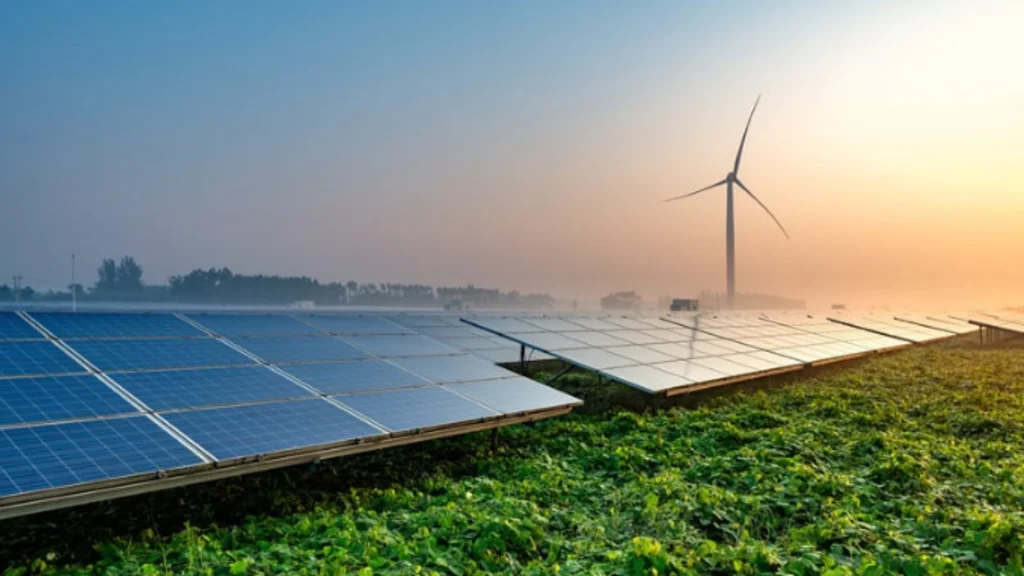
Real-World Example: EV Charging With Green Solar
A small business client in Jacksonville installed a 10kW solar array alongside a JuiceBox 40 EV charger. Their goal was to charge two company vehicles during daylight hours without drawing from the grid.
By connecting the charger through the solar inverter and scheduling charging between 10:00 AM and 4:00 PM, they achieved nearly 95 percent solar-powered charging for six consecutive months. This saved an estimated $1,200 in annual fuel costs.
This setup proves that solar is not just about lighting your home. It can also fuel your commute.
Smart System Design: What to Ask Your Installer
Whether you’re installing a new solar system or upgrading an old one, ask these key questions to ensure it aligns with green solar principles.
1. What’s the efficiency rating of the panels?
Look for mono PERC or N-type panels with an efficiency of 20 percent or more. Brands like REC, Panasonic, and Q Cells offer strong performance and sustainability credentials.
2. Is the inverter compatible with batteries or EV chargers?
Choose hybrid inverters that can manage multiple energy sources. This is essential for future expansion.
3. Can the system be monitored via app?
A mobile dashboard helps you understand production, usage, and battery status. This is crucial for optimizing your energy behavior.
4. What’s the expected degradation rate?
Panels typically lose 0.25 to 0.7 percent of their output per year. Request manufacturer specifications and performance guarantees.
Visit here : Solar system for home.
Maintenance Checklist for Long-Term Performance
Here is a quick solar maintenance guide we share with all new system owners.
- Quarterly Visual Check: Look for debris, shade from new tree growth, and panel cracks
- Annual System Test: Have your installer or a certified technician test the inverter voltage, wiring integrity, and battery performance
- Battery App Monitoring: Track charge cycles and depth of discharge. Aim for shallow cycles when possible
- Roof Integrity Check (Every 3 Years): Ensure waterproofing and mounts are intact
The Future of Green Solar
The solar landscape is evolving rapidly. Here is what we are seeing on the horizon for green solar enthusiasts.
- Perovskite panels with a potential 30 percent or higher efficiency
- Vehicle-to-Grid (V2G) EVs like the Ford F-150 Lightning
- Community solar projects for renters and apartments
- Panel recycling programs to reduce landfill waste
As technology matures,solar will become more efficient, affordable, and widespread. It will help communities reach sustainability goals faster.
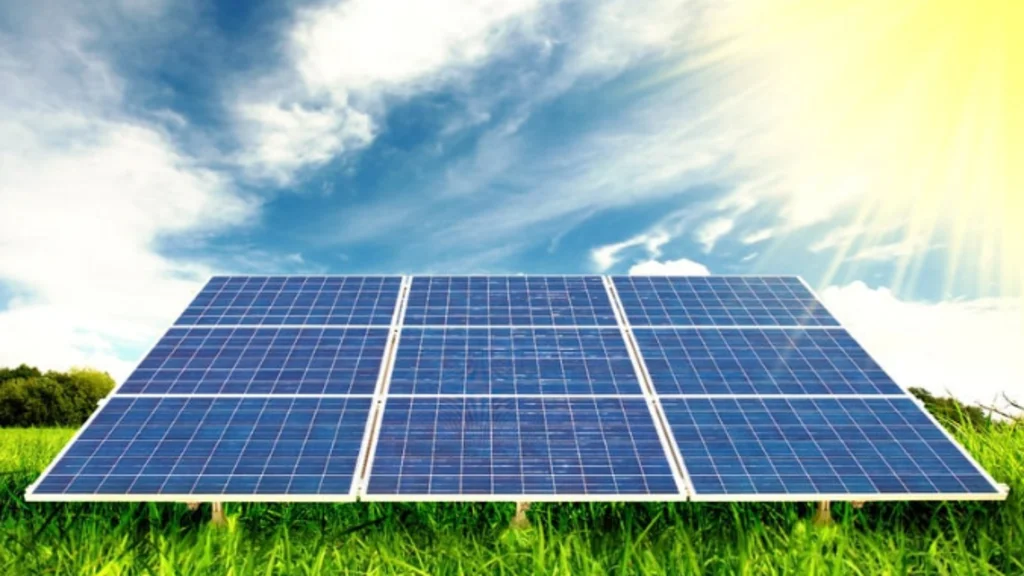
Maximize Your Solar Potential
If your panels have not been cleaned in over 3 months, you could be losing 10 to 20 percent of your energy output. Book a system checkup today and start maximizing your solar investment.
FAQs
Who is the best solar company in the USA?
Several top-rated companies lead the U.S. solar market, including SunPower, Tesla Energy, and Momentum Solar. The best provider often depends on your location, roof type, and energy goals. Look for NABCEP-certified installers with strong customer reviews.
Who owns Green Energy Solar?
Green Energy Solar is a brand name used by multiple regional providers. It is not a single, nationally owned entity. If you’re working with a company under this name, verify its licensing, local registration, and Better Business Bureau (BBB) rating to ensure legitimacy.
Why is solar so expensive in the USA?
Solar energy in the U.S. can be costly due to factors such as high labor costs, permitting fees, and local utility regulations. Soft costs, or non-hardware expenses, can account for up to 65 percent of the total system price. However, federal tax credits and state rebates can significantly lower the net cost.
What happens after 25 years of solar panels?
Most solar panels come with 25-year performance warranties. After this period, panels typically still produce 75 to 85 percent of their original output. Homeowners may choose to replace them for higher efficiency or continue using them as long as they function reliably.
Can solar panels last 40 years?
Yes, many high-quality panels can last up to 40 years with reduced efficiency. Although warranties often end at 25 years, well-maintained panels may continue producing usable electricity for decades longer, especially in low-stress climates.

